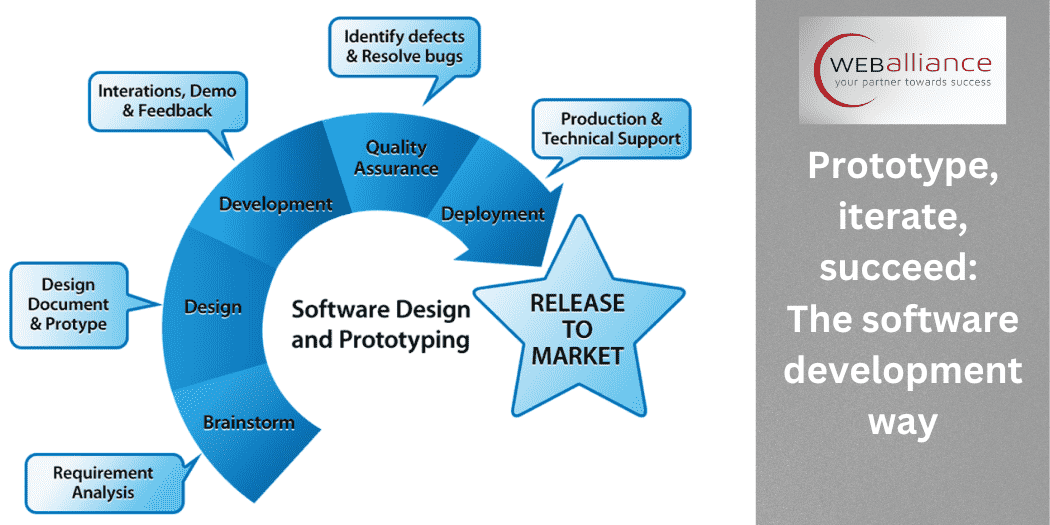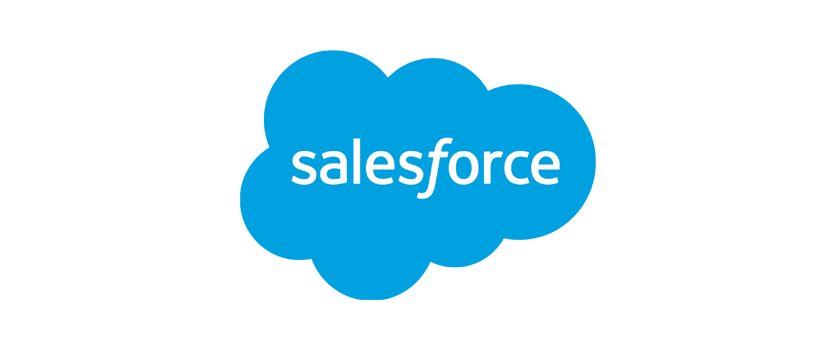Why do you need a software prototype?

A prototype is something that often gets associated with physical products and manufacturing. However, it is in fact something used all the time in tailored software – and it’s becoming more and more prominent in the agreement custom-made software development.
What is a software prototype?
A software prototype can be described as a visual presentation of the functionality. When developers work on a software project, it is common to have a mock-up version created to show clients just to make sure it is exactly in line with how it is imagined.
Why are prototypes needed?
Most people want their software developed, finished, installed and ready to use as soon as possible. But there can often be a temptation to focus on the core functionality. This can often leave lots of cracks in the software that don’t get attention until the system starts being used. At this point it can often be very expensive to go back and fix these fundamental issues that are often built into the backbone of the system.
This is where prototypes really come into their own. It helps eliminate all these potential problems and gaps – and address them as a part of the main development focus.
Need to talk more about software development or your requirement please call us at 01604 211 370
Get In Touch Call me back
Visualise the software with a working model
With the help of prototypes, the client as well as the developer can see clearly how the various features come together and work. Nothing is assumed and nothing gets overlooked.
There are three key stages of how we typically work with software prototyping:
- Requirement mapping
- When creating a prototype, the process always starts with working through requirements in explicit detail
- Prototype creation
- With the help of visual tools, the developers often make a functioning model, albeit rudimentary in essence. The prototype will aim to help identify the workflow required in the final build
- Specification
- Adding this stage to the prototype often plays a valuable part in the project as it helps transfer the knowledge from the minds of the developers and stakeholders into a documented blueprint. This then becomes the groundwork for a user guide, where each area of the application is identified and explained.
A software prototype is the key to quality
The prototype and functional specification document work together as perfect complements to outline the end product in as much detail as possible. For us they improve our quality assurance and maintain our vision in line with yours, and for you they help you feel confident that the end product is exactly as desired
FAQs
Q. What is a software prototype?
Q. Why is a software prototype important?
Q. What are the different types of software prototypes?
Q. Who typically creates a software prototype?
Q. What are the benefits of using a software prototype?
Related articles

A Guide To The Best Customer Database Software
When choosing customer database software, UK businesses …

Benefits of Bespoke CRM software over Salesforce CRM
Are you having a hard time efficiently managing your …



